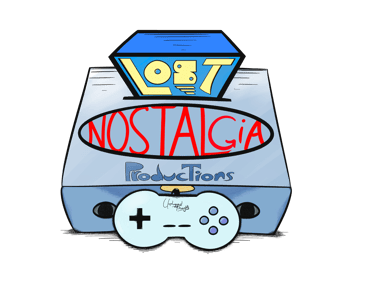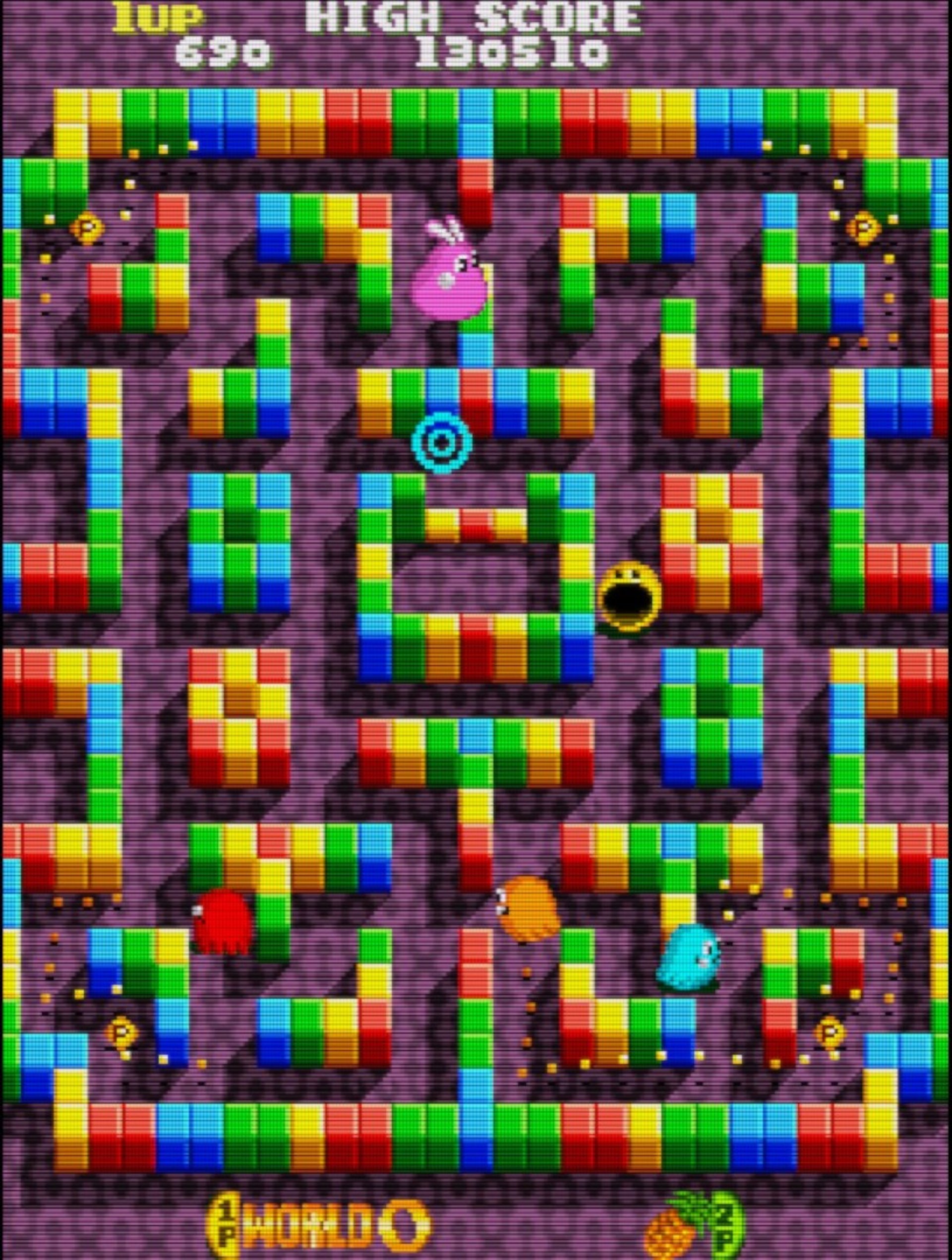
Pac-Man Arrangement: Whether Rearranged or Simply Deranged, Namco's Weird 1990s Experiment is Full of Surreal Appeal
Pac-Man Arrangement
Platform: Arcade
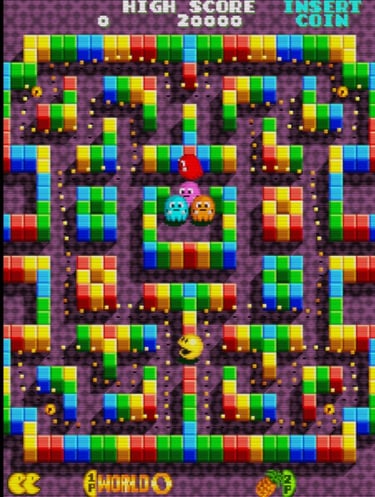

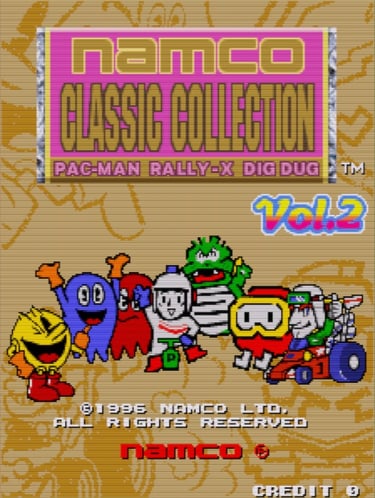

Pac-Man Arrangement is one of three titles getting the remake/sequel treatment in Namco's so-called Classic Collection. The originals are also playable.
Pac-Man’s popularity is proceeded only by his first game; his 1980 arcade release has sold over 400,000 lifetime sales, making it the highest-selling coin-op game of all time. Per statista.com, this equates to about 3.5 billion dollars in global revenue…an amazing figure.
So naturally, the character’s esteemed creator—Namco—wanted to repeat that success. And the company tried…and tried…with titles like Super Pac-Man, Pac-Land, and Pac-Mania all vying and hoping for some similar attention. But none came close to matching the original’s glory (the American-made Ms. Pac-Man’s excepted).
Enter the 1990s. After Pac-Mania, Namco had taken a breather from the Pac-Man franchise. But “retro” was just starting to become vogue, and to capitalize on the movement, the company released two arcade machines dedicated to its ‘80s properties. Namco Classic Collection Vol. 1 brought back Galaga, Xevious, and Mappy in both their original incarnations and an “arranged mode” that offered improved visuals and new gameplay twists. Namco Classic Collection Vol. 2 did the same, this time bringing Rally-X, Dig Dug, and Pac-Man back to the forefront with their own revisions.
Neither arcade machine sold particularly well, and both went largely unnoticed in North America. Perhaps the era’s 3-D glut is to blame, including Namco’s own Tekken fighting series. But the Pac-Man remake, titled somewhat cryptically as “Pac-Man Arrangement,” deserved better, being almost good enough to serve as the original’s true sequel.
…
Almost. Pac-Man Arrangement, at first glance, resembles a scrunched Pac-Mania, offering a similar faux-3D field without the scrolling graphics and jumping gimmick. It does, however, retain a version of Mania’s power-up system. Along with the typical power pellets that turn the marauding ghosts a vulnerable, temporary blue, special capsules (power pills?) also appear that grant Pac added speed and increased dot-crunching abilities. Other baubles, from magic wands to baskets, turn the ghosts into gift boxes or corral them within a giant sack. It’s all completely surreal.
So, is Arrangement a remake of Pac-Mania…or the original? It’s a tale of three cities, really; the game takes the basics from the original two games—avoid the ghosts, eat all the dots, and advance to the next stage. What the “arrangement” adds, along with those new power-ups, enhanced animations, and cutesy visuals, is a sense of pace and setting. Pac’s maze-running is more of an adventure now, the globular boulder tasked with traversing six worlds/23 stages of various themes. Toy boxes, hedge mazes, the inner sanctums of the ghosts’ inexplicable industrial base…the mazes have gone from abstract to being extracts of actual scenes and landscapes. And these new locales are more than just strings of intertwining corridors…stairs, jump pads, and dash arrows furrow Pac-Man’s pathways, both hindering and helping his progress.
The greatest difference, however, comes in the never-before-seen (and never seen again) fifth ghost named Kinky. This little twerp is harmless on his own—he’s always blue, which allows players to munch him like a fifth power pellet, turning the other ghosts blue for a quick reprieve and even greater points. But the little tyke hides a grim secret—should his path cross another ghost, the two will merge, forming a super-ghost endowed with a unique, super ability. Melding with Blinky, for instance, turns the red ghost into a horned maniac who will charge whenever Pac comes into view. Likewise, a merger with Pinky grants bunny ears and the ability to bound across the maze, landing approximately where the yella fella is gobbling. It’s a dynamic that makes every game a precariously unpredictable one; more “Kinkies” will appear in later mazes, leaving the player sometimes facing four leveled-up monsters to contend with. It’s hectic fun, and even more satisfying when these beasts are still chomped despite their size.
It’s quite the update, in other words, and this is before the co-op mode is mentioned. Or the climactic boss serving as the denouement for round 23. Or the incredibly infectious, invigorating music. Pac-Man Arrangement is, really, a curation of Pac-Man’s best—at least for a decade that seemed intent on transplanting Pac from his maze-chasing roots to a more open-ended focus. From 1994’s Pac-Man 2: The New Adventures to Pac-Man World in 1999, Pac has certainly had his share of genre-hopping. But Arrangement was a reassuring return to form…even if nobody noticed.
The only real flaw with Arrangement is its ravenous appetite for quarters; the game gets hard, with increasingly voracious ghosts and some maze designs that seem designed primarily to steal lives…and money. Experts might be able to beat the original Pac-Man (256 levels!) on one quarter, but Pac-Man Arrangement really wants players to win through continues, not skill.
Today, Arrangement is little more than a lost oddity, a curio from an awkward era in which the arcade scene was becoming split between two identities, two purposes: Was it a den for score-chasers and local record holders, or rather, a center built for simple ephemeral, mass amusement? Namco’s Arrangement series was a reminder of the former—a counterpoint to all the deluxe racing and shooting cabinets beginning to swarm the scene. A reminder no one wanted, apparently.
Nevertheless, Pac-Man Arrangement’s influence lives on in the many cooperative Pac-Man titles so popularized in the 2000s and beyond. Everything from jump pads and weird power-ups to upbeat, catchy music are now the rule in “modern” Pac-Man. But yet, nothing quite captures the absolute charm—the squishy, kinky quirks of the ghosts and their weird worlds—as Arrangement so ably presents. As Namco struggles to keep its key mascot relevant, maybe Arrangement offers the key for another kind of Pac-Man experience—maze-running with a purpose, a sense of adventure and, most importantly…a sense of presence. Of character.--D
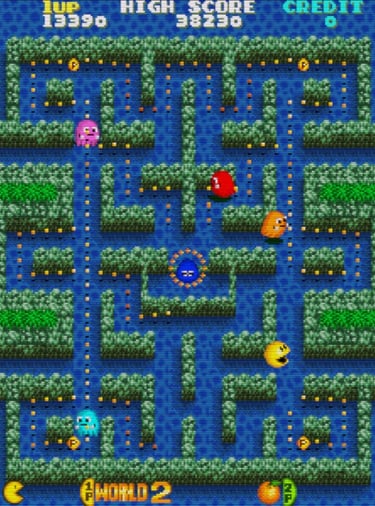

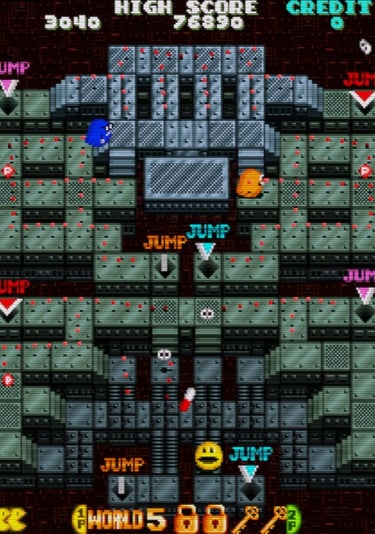

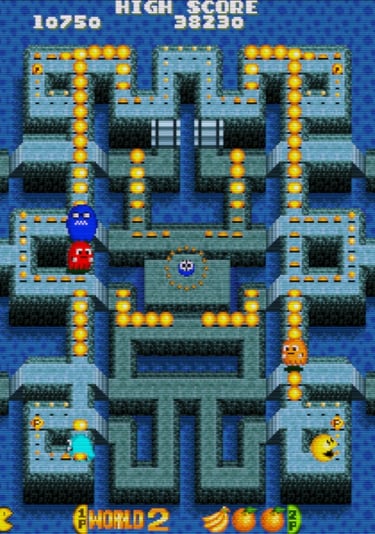

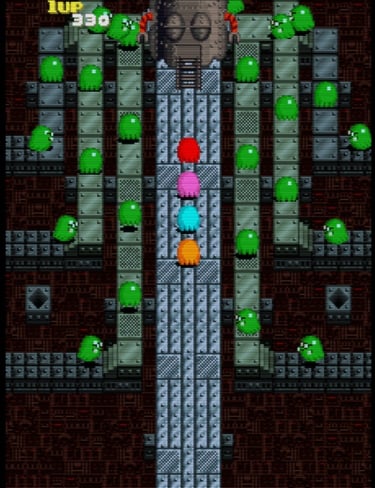

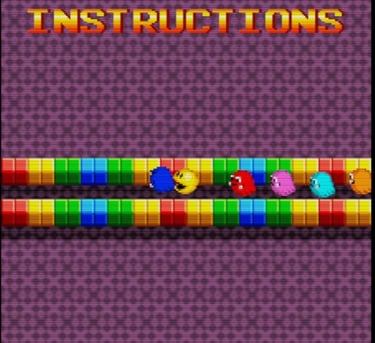

Pac-Man Arrangement plays something like a quest, with Pac-Man clearing "worlds" before a final denouement with the ghost monsters. It's quite possible that the obscure Pac-Man: Adventures in Time was inspired by this seeming premise.
Publisher: Namco
Developer: Namco
Release: 1996
Genre: Maze Game, Arcade
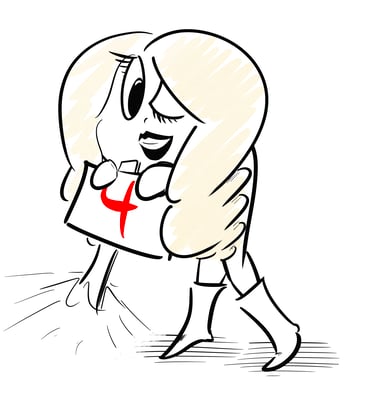

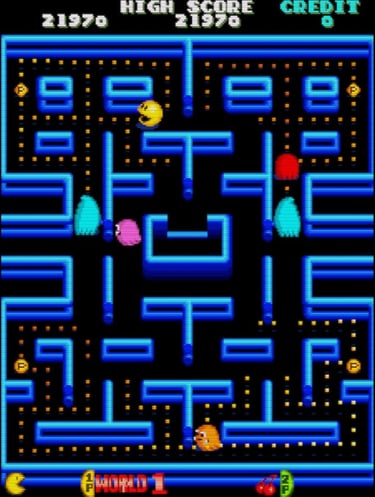

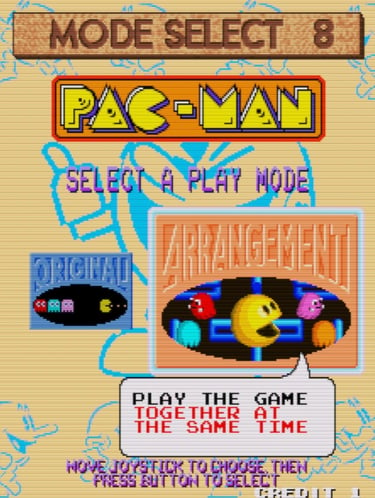

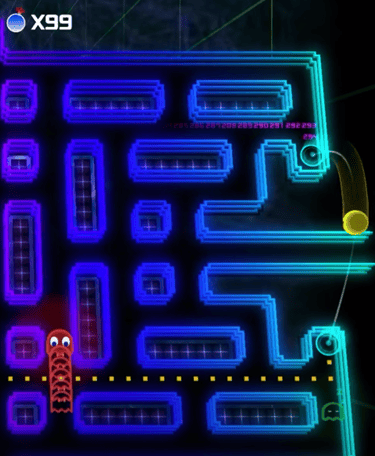

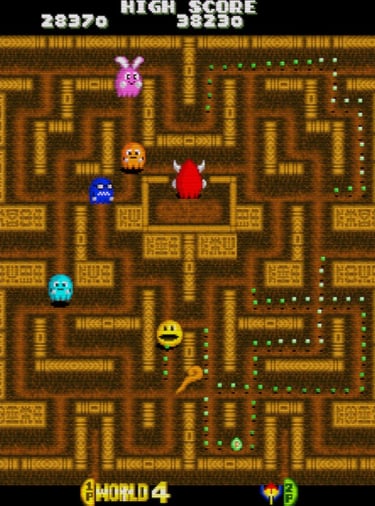



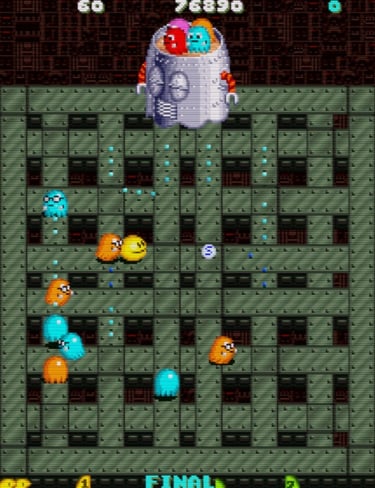

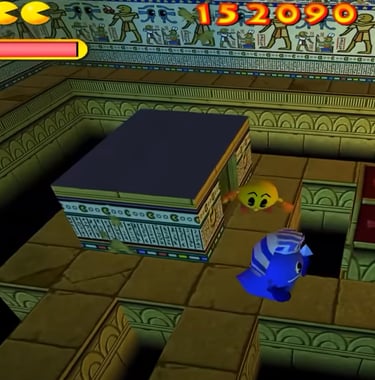

Arrangement introduces the jump pad, which would be introduced later in games like Pac-Man Championship Edition 2.
One of the game's quirks is with its Pac Dots--the golden munchies will sometimes "inflate," slowing Pac-Man down should he be gobbling them at the time.
Pinky, as shown here, has merged with Kinky, and now has the power to leap across the maze--usually somewhere near Pac-Man. Note the cute bunny ears!
The game ends on a surprise boss fight, with the famed four dumping a bunch of kinky ghost clones on Pac as he races across the industrial grid. What these "kinkies" really are, however, remains a mystery.
Sadly, Arrangement lacks the cute cutscenes of its forebear. These early instructional bits are as close as the game ever gets.
Contact: lostnostalgiaproductions@gmail.com
Website: www.lostnostalgia.com
Like what we're doing? Please consider throwing us a dollar into our Patreon page's tip jar!


